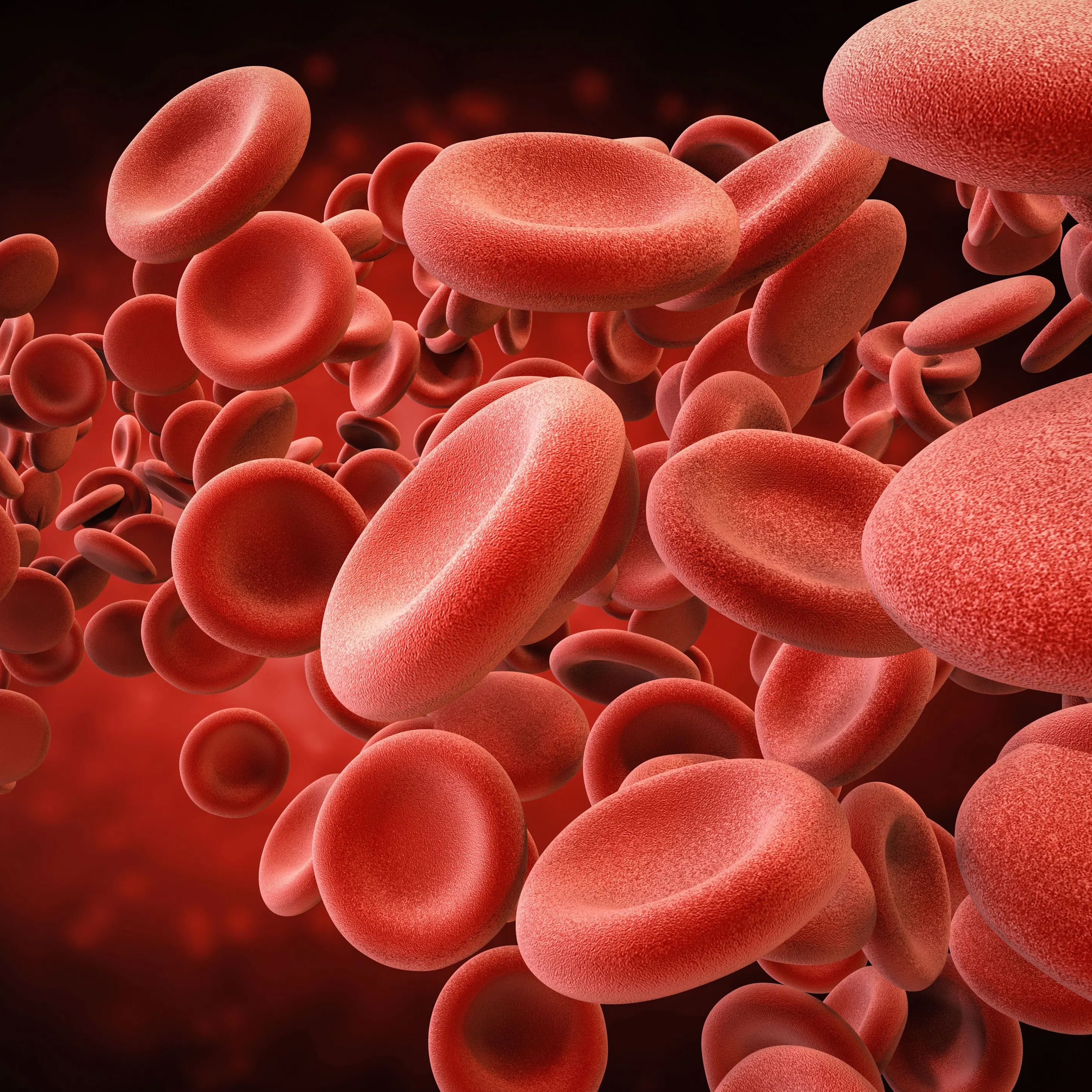Article
Statins and New-Onset Diabetes: FPG Level Determines Risk
Is this 58-year-old man going to be at risk?
Mr James is 58 years old, has a history of hypertension, and family history of premature coronary artery disease. He smokes half to one pack of cigarettes per day. His father, who was also a smoker, had a 2-vessel CABG at the age of 53 years. He is currently taking hydrochlorothiazide 25 mg and lisinopril 5 mg. He comes in today for his annual check-up. A fasting lipid panel reveals: total cholesterol, 252 mg/dL; triglycerides, 143 mg/dL; VLDL-C, 29 mg/dL; LDL-C, 185 mg/dL; and HDL-C, 38 mg/dL. Blood pressure is 132/66 mmHg; BMI is 31 kg/m2; fasting blood glucose is 125 mg/dL. The remainder of his examination is unremarkable.
You determine that based on the ACC/AHA Pooled Cohort Risk Estimator, Mr James meets the indication for high-intensity statin therapy, since his 10-year estimated risk for a first atherosclerotic cardiovascular disease eventis 22.7% .
Your recommendation is that he begin therapy with a high-potency statin medication. Mr James tells you he’s heard about the risk of diabetes development in patients taking statins and is hesitant to agree to the new medication.
What should you tell Mr James about high potency statin therapy and risk for new-onset diabetes (NOD)? (Choose all that apply)
A. There is no increased risk for NOD in anyone who begins statin therapy, regardless of baseline fasting blood glucose level
B. Everyone who starts statin therapy, regardless of baseline fasting blood glucose level, has the same increase in risk for NOD
C. The risk for NOD is higher with high- compared with moderate-intensity statin therapy
D. Those with impaired fasting glucose tolerance have a higher risk of NOD with statin therapy compared with those without impaired fasting blood glucose at baseline
Answer: C and D
Discussion
In a pooled analysis from TNT and IDEAL, which was presented as a moderated abstract at the American College of Cardiology Scientific Sessions 2014, Kohli and colleagues demonstrated that the rate of NOD was approximately 5 times higher in patients considered to have prediabetes or those with impaired fasting blood glucose who started statin therapy, compared with those with normal baseline fasting blood glucose. The authors also demonstrated that there was a higher risk of NOD with high-intensity, compared with low- and moderate-intensity statin therapy.
Options A and B are incorrect because all statins increase the risk of NOD (previous meta-analyses have shown an increased risk of approximately 9%) and the effect is differential based on baseline fasting blood glucose.
References:
Kohli P, Waters DD, Arsenault, BJ, Messig M, Maskey R, Kastelein J. New onset diabetes and cardiovascular risk reduction from statin therapy differ in prediabetics and non-pre-diabetics: a TNT and IDEAL substudy. Poster presented at the American College of Cardiology 63r d Annual Scientific Session, March 29–31, 2014; Washington DC, USA.




